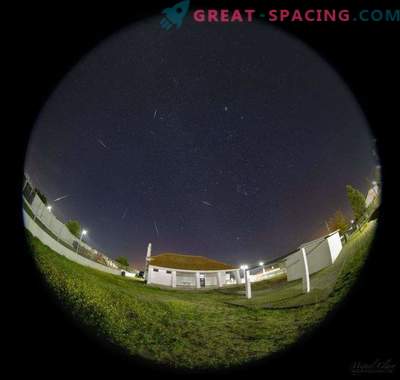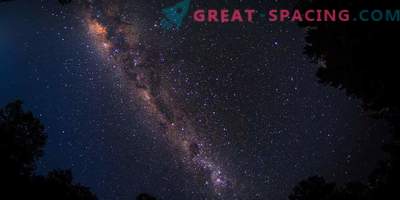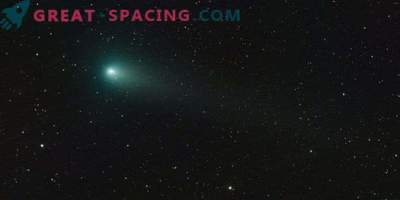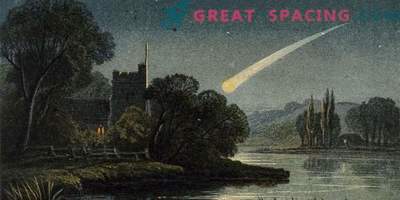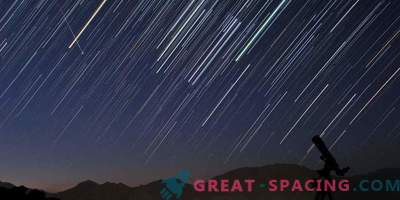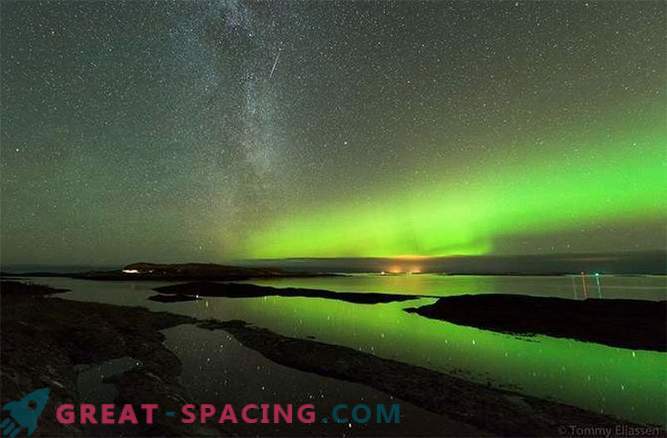
If you get up before dawn throughout this week, you will be able to observe bright meteor strips in the sky.
At the moment, the peak of the Orionida meteor shower falls, and this year it will be clearly visible if the weather permits, of course. On the morning of Tuesday (October 21), the moon will be in the form of a thin sickle when the meteor shower reaches its peak.
Orionids can be described as the “younger brother” of the famous Perseid meteor shower. The meteors are called “Orionids” because they come to us from the side of the second brightest star, Orion constellation Betelgeuse.
The Orionida meteor shower occurs every year when the Earth passes through the dust left behind by the famous Halley's comet.
A comet actually creates two different meteor showers, seen annually from Earth. The orbit of Halley's comet closely passes through the Earth's orbit in two places. The first meteor shower on Earth in early May is known as the Eta Aquaria. The second takes place in the second half of October and is known as the Orionids. Comets are remnants of the formation of the solar system and are pieces of stone and frozen gases: methane, ammonia, carbon dioxide and water vapor.
The tiny particles (mostly the size of a speck of dust) left behind by the comet create a “river of rubble” in space. In the case of Halley's comet, which has made hundreds, if not thousands of revolutions around the Sun, its trail from debris is distributed more or less evenly on all the gravity of its orbit. When these tiny particles of a comet collide with the Earth, the friction with our atmosphere warms them to white and produces an effect, popularly known as “shooting stars”.




